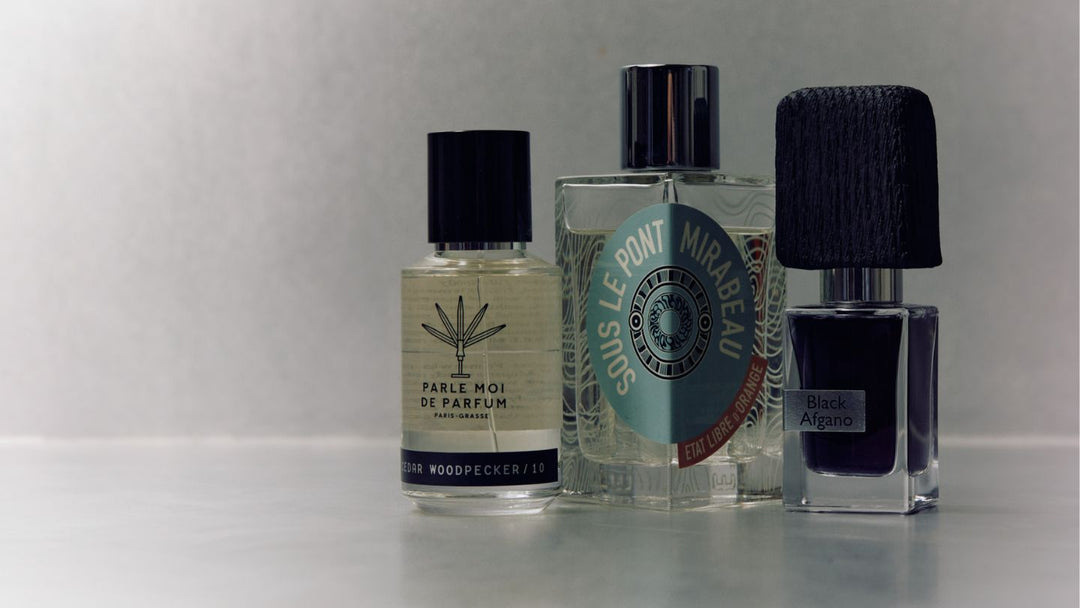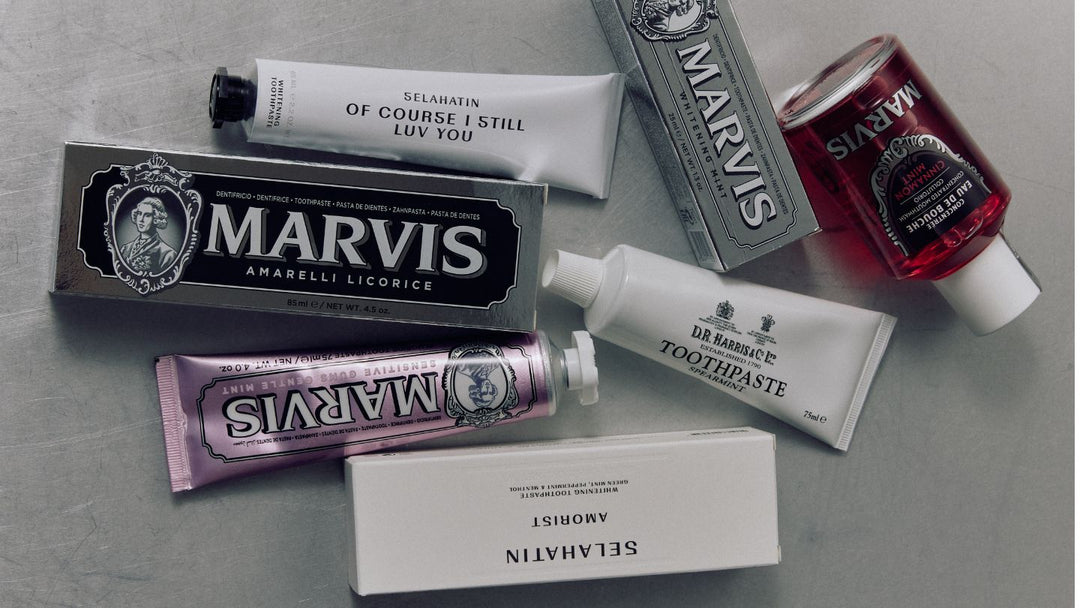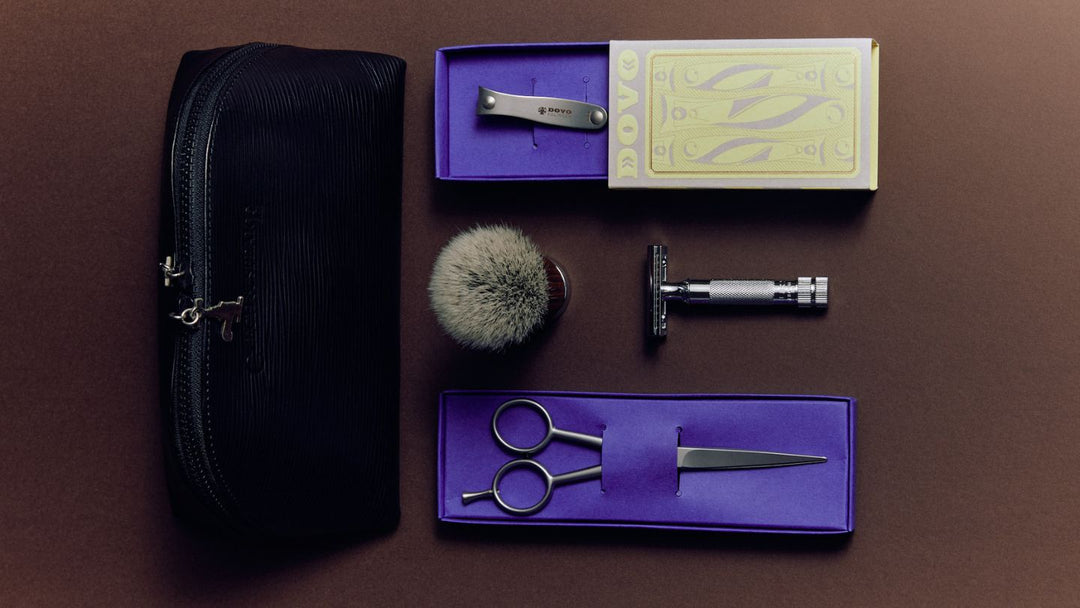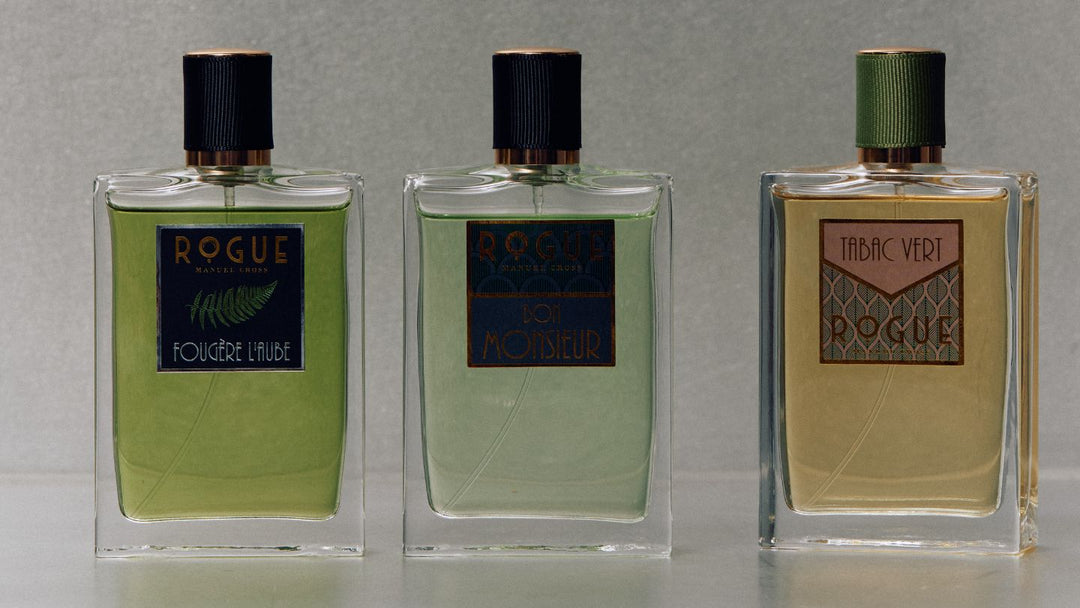Seven Sharp Tips to Get The Haircut You Really Want

The aesthetic embodiment of a well-oiled man, a decent haircut and style always afford a welcome boost of self-confidence and a fresh sense of pride.
The average rate of growth on a head of hair is 13 millimetres per month. Growing out a regrettable style can be a time consuming chore. So if you've ever walked out of a barbershop perhaps resembling Gareth Keenan from The Office, despite having intended to pass off as David Gandy's doppelganger, it's likely time to reassess how you place your order when going in for the chop.
Here are seven tips to help you get a haircut you're happy with:
1. Choose a style that suits your routine and lifestyle
If you're not realistically going to blow-dry and set a high-top voluminous pompadour every day, opt for a more low maintenance hairstyle that will be better suited to your lifestyle. Shorter cuts generally require regular maintenance to maintain the sharpest of aesthetics, while longer styles can grow out more between your next barber visit.
2. Show your barber your hairstyle vision (in as much detail as possible)
Bring visual references. They will convey your vision better than a purely verbal spiel ever could. The ultimate reference point is a photo of yourself when your hair was looking just how you like it. Alternatively, scroll through Instagram and screenshot a few cuts you would like your barber to emulate.
Close-up shots are best, and your reference points can be anyone from sundry hash tag heroes to household name celebrities, so long as their general haircut foundations (length/texture) match yours.
Choose one key visual to show your barber, with a couple of supporting options, preferably showcasing the haircut from different directions (front, side, back). An essay length iPhone album of pictorial support will impede a clear direction.
3. Understand the terminology (at least some of it)
No one, least of all your barber, is expecting you to turn up to a hair appointment with an anatomically precise vocabulary to articulate your hair goals.
But being familiar with some key terminology is helpful, and will ensure you're never blithely nodding along to suggestions by your barber that may, on later reflection, be catastrophically off brief. Always ask for clarification if you don't understand the hair lingo your barber is using.
Here are some key terms that may pop up when you head in for a chop.
Fade / Skin Fade: A traditional fade or a skin fade results in the hair on the sides being cut to a very short millimetre(s) length and, in the case of a skin fade, gradually tapering down to skin at the ear or neck line.
Haircut Numbers/Hair Clipper Guard Sizes: The numerical denotation of a crew cut, buzz cut or any super short snip generally refers to the hair clipper guard size being used (most commonly a 1, 2, 3 or 4). If you're not sure which length you want, follow the less is more mantra: you can sample a slightly longer length and then opt for a closer cut, but not in the reverse order. Once you've found the length you like, commit it to memory for next time you visit.
Layering and Texture: Your barber may apply layering and texturised cutting as a means to add volume to the finished look. If your hair is troublesomely flat or floppy, you might request for more volume and height on top. When you indicate the sort of volume and feel you're aiming for, your barber may layer or texture your hair to achieve this desired finish.
Blended vs. Disconnected: Most haircuts, particularly shorter styles like the quiff or the fade, feature varying hair lengths to achieve the overall look. A blended style will gradually taper or blend longer sections into shorter ones, while a disconnected undercut will dramatically segregate the different length portions.
Part-line: Haircuts such as the slicked side part or the pompadour will feature a part-line where the bulk of the hairstyle is divided when setting. Indicate to your barber which way you style your hair, particularly noting whether it should be on the left or right side of your head when opting for a side part.
Track: A track or a hard part is essentially a thinly shaved part line. Tracks are more visually arresting and dramatic than a natural part, but require regular trims to maintain the freshly shaved aesthetic.
Line-up: Line-ups or edge-ups are usually a finishing touch, offering a sharp and arresting frame for the haircut. The natural hairlines of the forehead, the temples and the neck are refined and sharpened with straight and defined shaved borders using clippers or a razor.
Square vs. Rounded: Some men prefer a square topped "Lego man" shaped haircut to balance out a rounded face, while others prefer a shape that hugs their natural head shape. Have a think about this and be sure to make your preference known to your barber. Often the neckline too is referred to as being "squared off" or "natural" or "rounded".
4. Get the right gear to maintain the style - different hairstyles require specific tools or styling products
Keep in mind that a haircut is not inextricably a hairstyle - you will need to routinely style your hair into place. Ask your barber to recommend the best hair styling product suited to your hair and style. Some styles may require a specific comb or brush to style into place, and some may require a hairdryer or hair straightener.
5. Be on time
Arrive on time to your appointment (preferably a few minutes early) and book an appropriately timed appointment if opting for a complete hairstyle makeover. A number of barbers and hairdressers, including us, offer a Restyle Haircut service that allows extra time to discuss your goals, throw around some ideas, and to make the necessary changes. Turning up late will result in a rushed cut, which is stressful for everyone, and won't afford optimum results.
6. Get to know your barber
If you can, get comfortable with an existing barber before you request a significant game changer haircut. If you’re trying out a new barber, perhaps stick to your existing style or a maintenance cut at your first appointment. Similarly, we don't recommend going to a new barber the day before a big important event, like your wedding for example.
7. Show your appreciation
Say thank you and leave a positive review online as merited to show your gratitude. And book in your next haircut at the end of your appointment.
To transform the ultimate haircut into the ultimate hairstyle:





